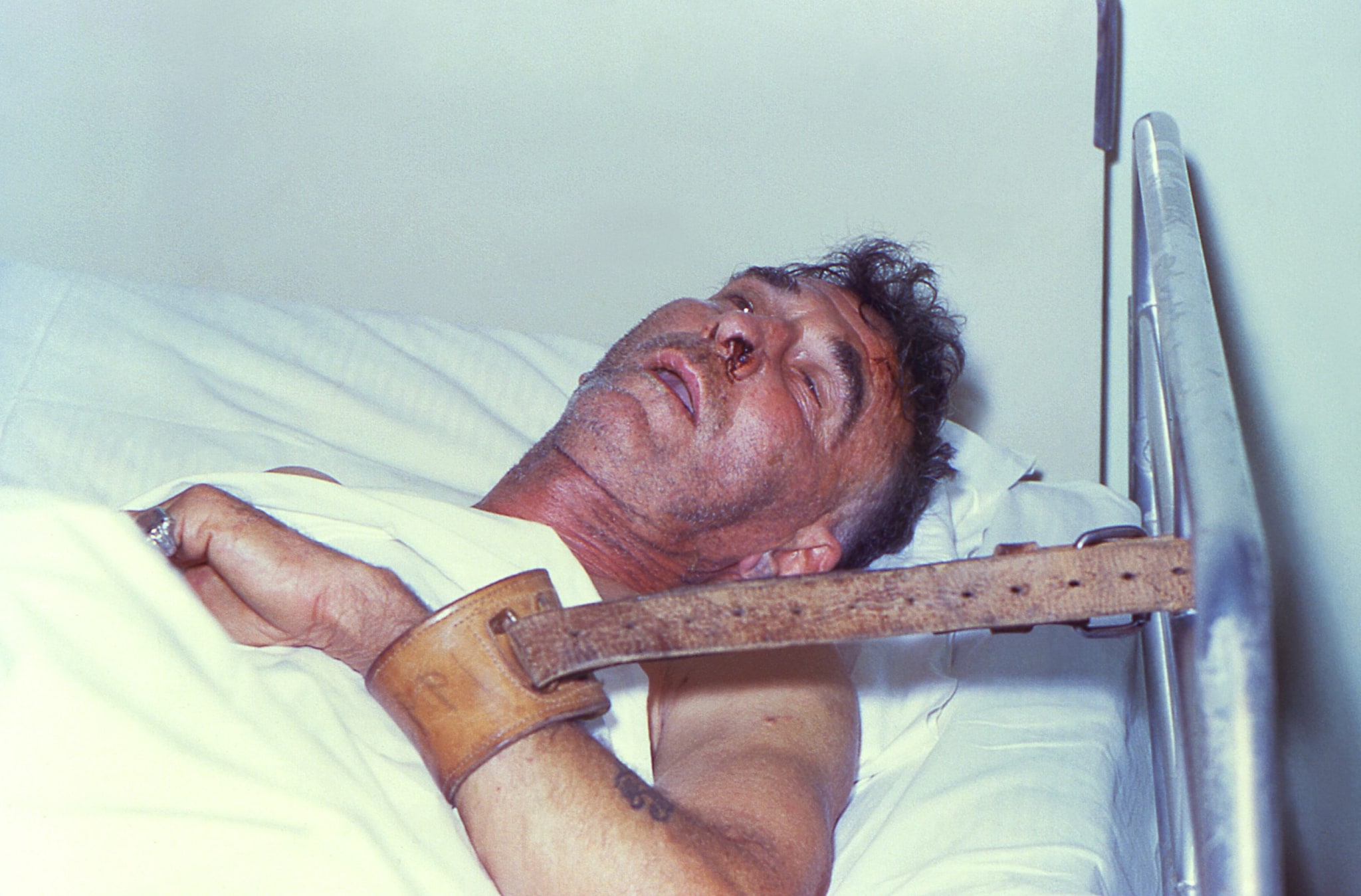What to know
- Submitters must follow specific steps to request, collect, package, and ship specimens to be tested for rabies.
- Consult local and state public health officials before collecting samples for human rabies diagnosis.
- Antemortem samples required to rule out human rabies are nuchal skin biopsy, saliva, cerebrospinal fluid, and blood serum.

Before collecting specimens
Although rabies is invariably fatal once symptoms appear, incorrect human rule-out testing is costly and risky. Testing should only be conducted at a public health laboratory qualified to conduct this testing. Commercial laboratories should not be used for testing patients suspected of having rabies. Only three labs in the United States, including CDC's National Rabies Reference Laboratory Library, perform antemortem human rabies rule-out testing.
Always consult your state health department before collecting and submitting samples to the CDC National Rabies Reference Laboratory. After consulting with the state health department, direct any remaining questions can be directed to the CDC rabies duty officer at 404-639-1050.
Specimen types
Antemortem samples
Antemortem rule-out testing involves multiple specimen types and assays. To rule out rabies before death, saliva, nuchal skin biopsy, serum, and cerebral spinal fluid all must be collected and tested. All tests must be negative to rule out rabies.
Saliva
- Patients with rabies intermittently shed saliva.
- It may be necessary to collect of four or more samples over 24 hours.
- Using a sterile eyedropper pipette, collect saliva and place it in a small sterile container that can be sealed securely.
- Do not add preservatives or additional material.
- Tracheal aspirates and sputum are not suitable for rabies tests, and contamination with blood can reduce test accuracy.
Saliva is tested using reverse transcription polymerase chain reaction (RT-PCR) of extracted nucleic acids to detect rabies RNA.
Nuchal skin Biopsy
- Take a section of skin 5 to 6 mm in diameter from the posterior region of the neck at the hairline.
- The biopsy specimen must contain a minimum of 10 hair follicles and be of sufficient depth to include the cutaneous nerves at the base of the follicle.
- Place the specimen in a sterile container.
- Do not add preservatives or additional material.
Nuchal skin is tested using RT-PCR and immunofluorescent staining for viral antigen in frozen sections of the biopsy.
Serum
- Collect at least 0.5 ml of serum; do not add preservatives.
- Do not send whole blood.
- Indicate if vaccine or rabies immune serum have been given.
Serum is tested using an indirect fluorescent antibody test and a virus neutralization test to detect rabies antibodies. The presence of antibodies to rabies virus in the serum can confirm a rabies diagnosis if no rabies vaccine or immune serum have been administered.
Cerebrospinal fluid (CSF)
- Collect at least 0.5 ml of CSF.
- Do not add preservatives.
- Indicate if vaccine or rabies immune serum has been given.
CSF is tested using an indirect fluorescent antibody test and a virus neutralization test to detect rabies antibodies. Antibody to rabies virus in CSF, regardless of immunization history, suggests a rabies virus infection.
Rabies virus, antigen, and RNA are rarely found in CSF; therefore, antigen and molecular test methods are not routinely performed.
Brain Biopsy
Brain biopsy collection for antemortem testing is not warranted due to the rarity of rabies and the lack of an effective treatment. However, brain biopsy samples that have tested negative for herpes encephalitis should be tested for evidence of rabies infection.
- Place the biopsy in a sterile sealed container.
- Do not add preservatives or additional materials.
Laboratory tests to be performed include RT-PCR and immunofluorescent staining for viral antigen in touch impressions.
Postmortem samples
Postmortem rabies diagnosis involves testing of fresh frozen brain tissue. Before sending any samples to the CDC, it's important to consult with your state health department.
- Submit fresh-frozen, non-formalin-fixed brain tissues that include the full cross section of brain stem and representative aliquots of cerebellum (vermis, right and left lateral lobes).
- Tissue preservation by fixation in formalin may reduce the accuracy of rabies diagnosis.
Postmortem diagnosis of rabies is made by immunofluorescent staining of viral antigen in touch impressions of the medulla (brain stem), the cerebellum, and the hippocampus.
